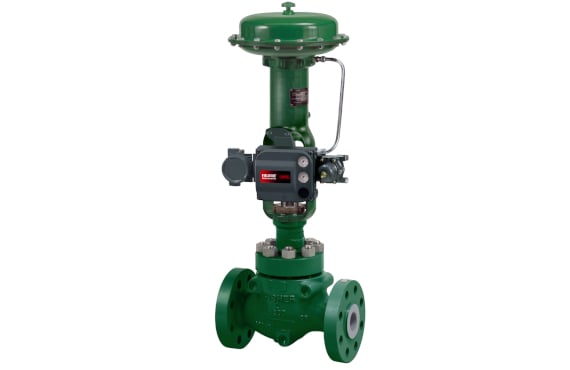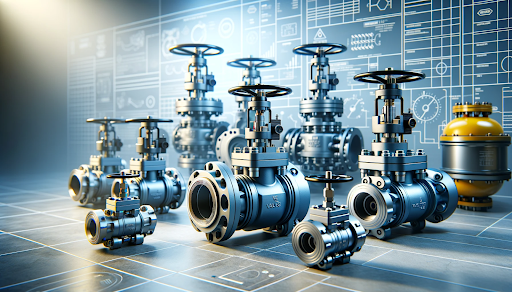
Maximize Power Savings and Convenience With Advanced Structure Automation Controls
In the realm of modern-day style and facility management, the assimilation of advanced building automation manages stands as a crucial innovation. By harnessing the power of automation, buildings can adapt, react, and evolve in methods that were when unimaginable.
Energy Performance Benefits
Power effectiveness advantages can considerably reduce energy intake and operational costs in structures. Energy-efficient systems, such as innovative structure automation controls, can enhance the usage of sources like cooling, lighting, and heating, leading to lower power costs over time.
Additionally, improved energy effectiveness can lengthen the life-span of building tools and systems. By running extra efficiently, cooling and heating systems, light, and other structure components experience less deterioration, resulting in decreased upkeep and replacement expenses. Additionally, energy-efficient buildings commonly command greater home worths and rental prices, supplying lasting financial benefits to owners.
Moreover, energy effectiveness can enhance occupant convenience and efficiency. Effectively managed indoor environments with optimal lights and thermal conditions create an even more favorable and pleasurable work area, resulting in boosted staff member contentment and performance. In general, the energy efficiency advantages connected with sophisticated structure automation controls are multifaceted, encompassing cost financial savings, ecological stewardship, and owner health.
Boosted Comfort Control
Enhancing convenience control in structure atmospheres needs an advanced assimilation of advanced automation systems for ideal passenger health. By making use of innovative building automation controls, facilities can customize the indoor setting to fulfill the particular requirements and preferences of residents. These systems enable specific policy of ventilation, illumination, and temperature, developing a efficient and comfy environment. Passenger contentment and productivity are closely connected to thermal convenience, making it necessary to have systems in position that can adapt to transforming conditions in real-time.
By incorporating these sophisticated controls, buildings can not only improve comfort yet additionally improve power effectiveness by maximizing system procedures based on actual occupancy and use patterns. Eventually, focusing on occupant convenience with sophisticated automation systems leads to a more enjoyable and healthier indoor setting.
Functional Efficiency Improvements

Additionally, the execution of real-time surveillance and analytics tools enables structure drivers to determine power inefficiencies and operational abnormalities quickly. By continuously keeping an eye on power use patterns and system performance metrics, modifications can be made in real-time to maximize power usage and make sure peak operational performance. control valves. In addition, including demand reaction approaches into building automation controls can further enhance operational efficiency by dynamically adjusting power usage based upon grid problems and rates signals
Indoor Environment Optimization
Efficient indoor environment optimization is a basic facet of building automation controls, making sure passengers' comfort and wellness while making the most of power financial savings. By making use of sophisticated sensing units and controls, constructing automation systems can continually keep track of and change temperature, humidity levels, air top quality, and air flow to develop an optimum interior environment. Preserving constant and comfy problems not just boosts occupant contentment yet additionally boosts productivity and overall health.
Indoor environment optimization also plays a crucial role in power performance. By fine-tuning heating, air conditioning, and air flow systems based upon real-time information and occupancy patterns, developing automation controls can significantly minimize energy consumption - control valves. For circumstances, implementing techniques such as demand-controlled air flow and thermal zoning can help decrease energy waste while making sure that each area visit homepage of the building obtains the essential conditioning.

Sustainable Environment Creation
Building automation manages not just optimize interior climate conditions for power effectiveness and owner convenience yet likewise lay the structure for developing a sustainable setting through critical management of systems and resources. By incorporating sophisticated structure automation technologies, such as sensors, actuators, and intelligent software application, facilities can adjust and check energy use in real-time to lessen waste and lower their carbon impact. These systems make it possible for predictive upkeep, determining potential concerns before they rise and maximizing equipment performance to improve longevity and performance.
In addition, lasting environment development extends beyond power management to include water preservation, waste reduction, and interior air high quality enhancement. Building automation controls can manage water use, find leaks, and make sure appropriate waste disposal techniques, adding to total sustainability initiatives. Furthermore, by checking and managing air flow and filtration systems, these technologies improve passenger health and efficiency while reducing power intake related to heating and cooling procedures.
Verdict
To conclude, progressed building automation manages offer considerable advantages in terms of power cost savings, convenience control, operational efficiency, indoor climate optimization, and creating go to this site a lasting atmosphere. By executing these controls, buildings can attain ideal efficiency while reducing power consumption and boosting resident comfort. It appears that making use of sophisticated automation modern technology is critical in improving building performance and creating an extra sustainable future.
Energy efficiency benefits can substantially lower power consumption and operational prices in buildings. In general, the energy efficiency advantages linked with advanced structure automation controls are diverse, including cost savings, ecological stewardship, and resident wellness.
Furthermore, including need response methods right into structure automation controls can even more boost operational efficiency by dynamically readjusting energy use based on grid problems and prices signals.
Structure automation regulates not just maximize indoor climate conditions for energy effectiveness from this source and passenger convenience yet also lay the foundation for developing a sustainable environment through calculated management of systems and sources.In final thought, progressed building automation manages deal significant benefits in terms of energy cost savings, convenience control, functional efficiency, interior climate optimization, and producing a lasting atmosphere.